In a wide watery clearing at the edge of a mangrove forest in northwest Dominican Republic, 25 people stand on the soft mud all in a hush, eyes fixed on a narrow opening in the mangroves. Thirty seconds, a minute, two minutes go by and then a brilliant pink leggy figure comes toddling out, followed by another, and another. In all, 13 flamingos emerge from a pen where they have spent their first night in Manglares de Estero Balsa National Park.
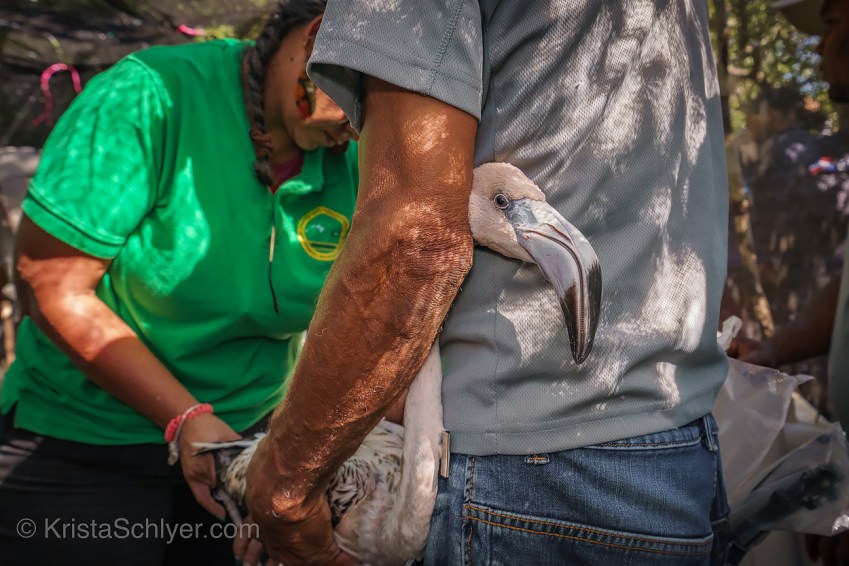
At this moment they are free. It is the first ever release of captive flamingos in the Dominican Republic.
Some 250 flamingoes are held in resorts illegally in the country. Luxury resorts buy the birds -most of them captured in the wild by poachers-and stock them as pretty props for guest selfies. The birds walk around freely, giving visitors the impression that they are not captive. There are no chains around their ankles. Instead the birds are chained within their own bodies when their wings are cut, and sometimes flight-essential nerves are severed.

A few days ago, Bill and I left Maggie May tucked away in Samana Bay and drove six hours west to the Monte Cristi Provence, on the border with Haiti. We had planned to explore a bit and then meet up with our friend and my International League of Conservation Photographers (iLCP) colleague Eladio Fernandez, for the flamingo release.
Eladio and his conservation colleagues had worked toward this day for years after a core team of wildlife advocates realized what was happening. They are birders, conservation technicians, scientists, veterinarians from the zoo in Santo Domingo, government officials, a conservation photographer.
Yesterday, one part of the group, including Eladio, was tasked with escorting the flamingos on a 6-hour journey by truck from the Santo Domingo Zoo to Monte Cristi, starting at about 4:00 am. The other part of the team was already here in the national park, constructing a pen to keep the flamingos safe overnight, so they could acclimate a bit to their new reality.

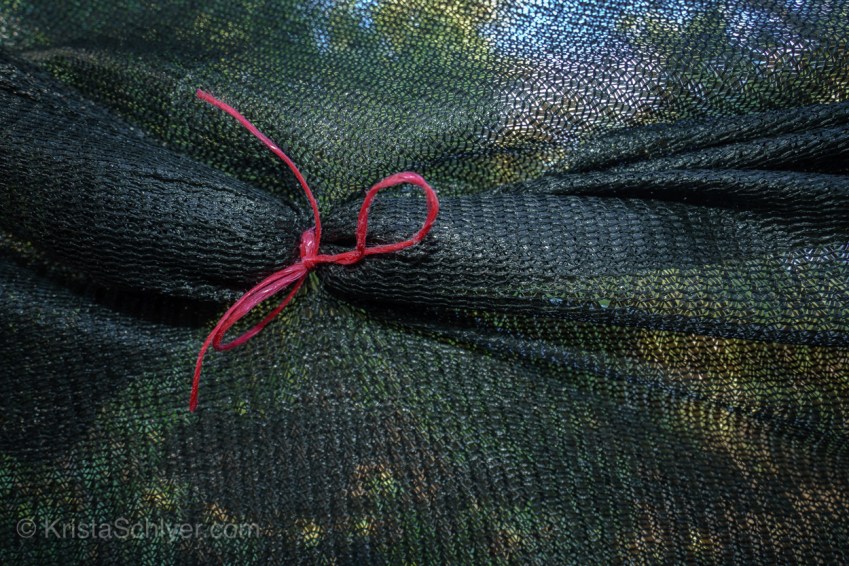
Now at last, they all look on with hard-won excitement, anticipation, and also trepidation. I can feel this in the air, in the quiet of the moment. In people’s faces. There is a tightness. Breath is held. It remains uncertain whether the birds will survive in the wild. Their wings are damaged, for some, quite badly. Can they even fly? They have endured a trauma that may have changed them. Years in hard human spaces, where they were flightless and far from home, walking around hotel fountains and pools with water not fit to drink, among laughing tourists with too-wide grins holding out hands full of dogfood to lure them close for an Instagram-worthy moment.
They were no longer wild creatures with their own endeavors toward life. They were curios and props for a culture of beings often too obsessed with being seen to see for themselves what is right in front of them. A wild bird mutilated. A creature of flight, flightless.
What will they do now, with freedom and the wild mangroves before them?
Buckets of food have been set out, a pink soup that might sustain them until they recall how to find their own. Will the birds head right to these bowls?
As the flamingos emerge from the mangroves they teeter a bit on uncertain legs, probably still sore from the cramped quarters in the kennels they arrived in. But each determined step, one after another, recalls a muscle memory, what it feels like to walk free on mud flats.
They cluster together, but they do not veer toward the food.
The crowd of onlookers watches from the far side of the opening, giving the birds a clear path to choose from: easy food or open wetlands. This choice may tell. Out there in the open, many other birds of various species are foraging and conversing, stilts, rails, egrets, demonstrating for the flamingos what it means to be a bird wild and free.
One of the flamingos stretches its wings. Just testing. Another follows. And then one tries a little flapping. And then a furious beating with feet feeling forward fast along the ground. It lifts off! Then careens clumsily toward a gathering of shorebirds and splashes down among them. They voice their displeasure. The flamingo regains its composure and takes off again a little more sure of itself.
Meanwhile the rest of the flamingos are testing wings and fluttering and flapping and then almost as one unit they lift, and are in the air. A chorus of clapper rails applauds loudly (seriously, this happens) and a sigh of relief overtakes the onlookers. I look back at the crowd of people. I see huge smiles and hugs. I see tears in the eyes of my friend Eladio and others I have come to know and admire this week, those who have worked so hard for this. This.

This is not the end. The birds need to be watched. Some may still die. And even if they survive the effects of their previous captivity, they live in a world filled with peril.
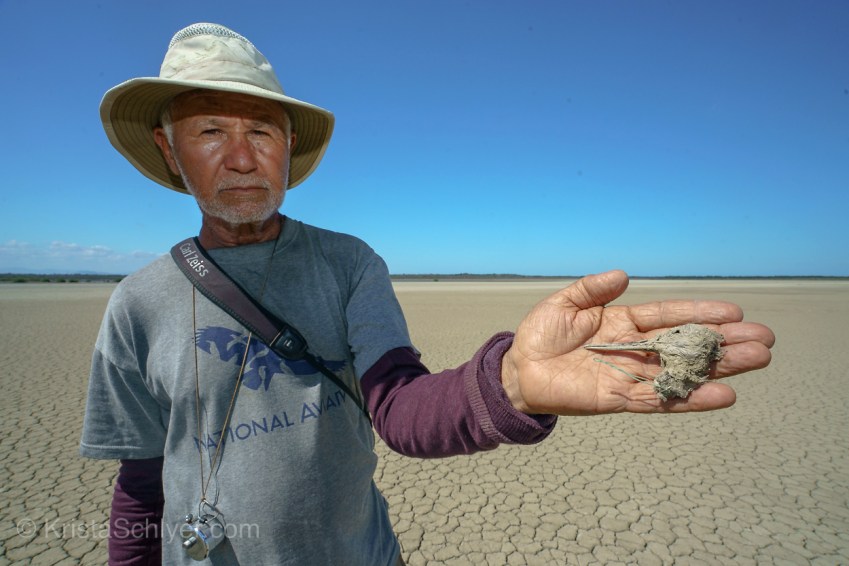
After the release we go out in search of traps poachers have set to catch flamingos. We find some of these traps still holding the remains of other birds, bycatch, who have died of thirst and exposure. All that’s left are fragile bones tangled with the wires used to snare them. The team removes dozens upon dozens of traps, a heap of wood and wire. But there are likely thousands more snares out there.

Money from tourists drives this cruel economy. When travelers to the Dominican Republic stop handing cash to resorts who buy flamingos, poachers will lose most of their market, the snares will no longer be set. This will take time. More birds will die as bycatch, more flamingoes will be captured.
One of my goals on this voyage with Maggie May has been to learn a sort of balance. I had, over so many years documenting the harm we are doing to the planet, found myself engulfed in negativity. I have seen this sojourn on the ocean as a means to regain my ability to see goodness as keenly as I see greed, to feel beauty as deeply as I feel grief. I think maybe I have gained some ground on this challenge.
I cannot escape the truth. We live in a world where people deal in the disfigurement of one of the most beautiful wild creatures ever to exist. And those who drive this cruelty are blissfully oblivious as they post smiling photos of themselves with the flightless captives. If you search #flamingo and #flamingobeach on Instagram you’ll find a great array of videos and photos of flamingos in captivity for vacationers’ amusement. The resort in Aruba where many of the photos are taken promotes the flamingo experience as “a true tropical experience, where flamingos roam freely.” Neither the word ‘true’ or ‘free’ are appropriate here. One of the photos shows a woman in a bikini mimicking the stance of the flamingo next to her, standing on one leg, while she is also holding out a glass of champaign to the bird. I look at it and think, how can this be the world that we live in?
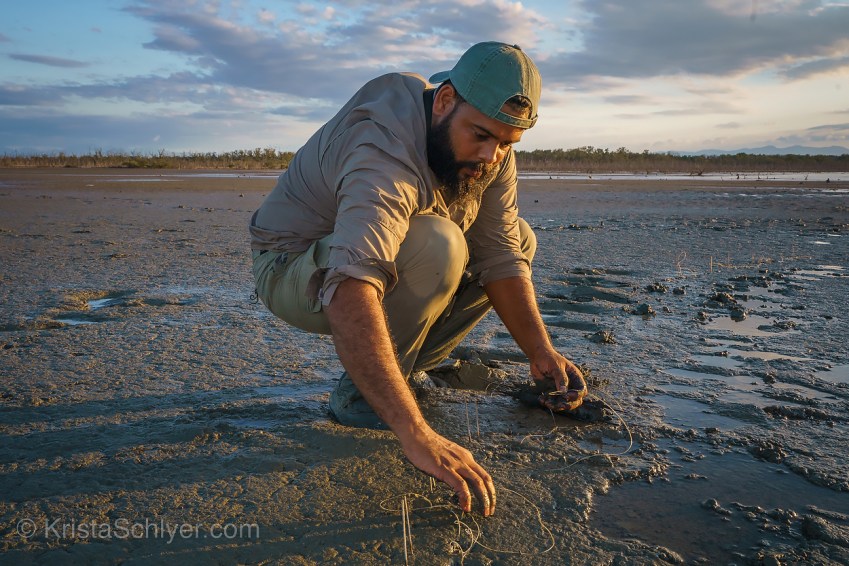
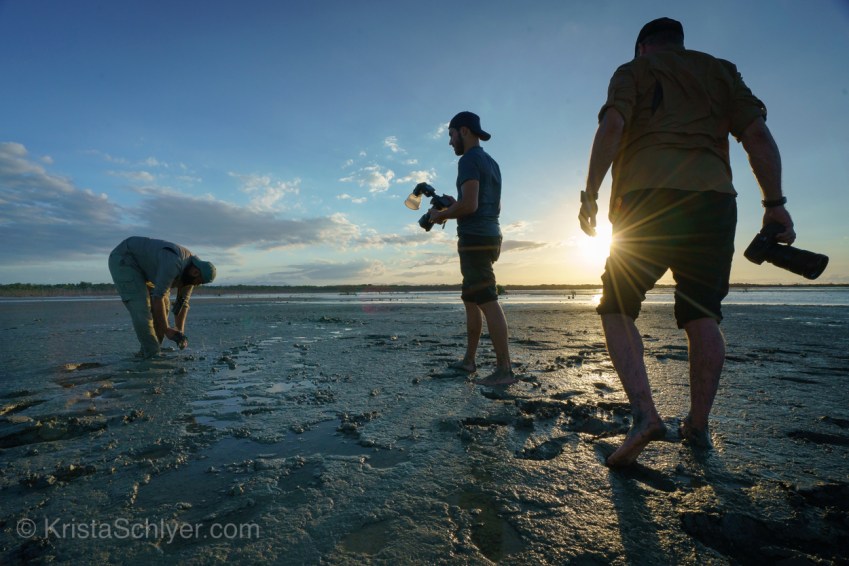
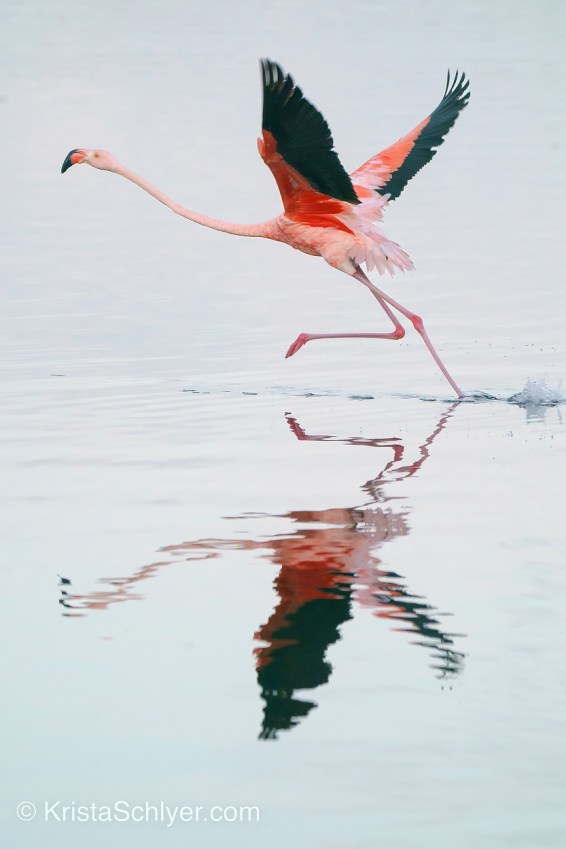
But there is another truth that I must not let escape me. There are flamingo protectors in this world, people who would weep for joy to see them take their first free flight. People who will pace the white hot salt flats and trudge through knee-deep muck to find and remove poacher traps and to document the ongoing harm.
And, and, very importantly, there are flamingos! Flamingos! Natural selection and time, eons of time, some crazy contortions of natural selection, came up with this creature, and there are still places where they live their wild lives and shower their singular grace upon the world.
And balance returns.
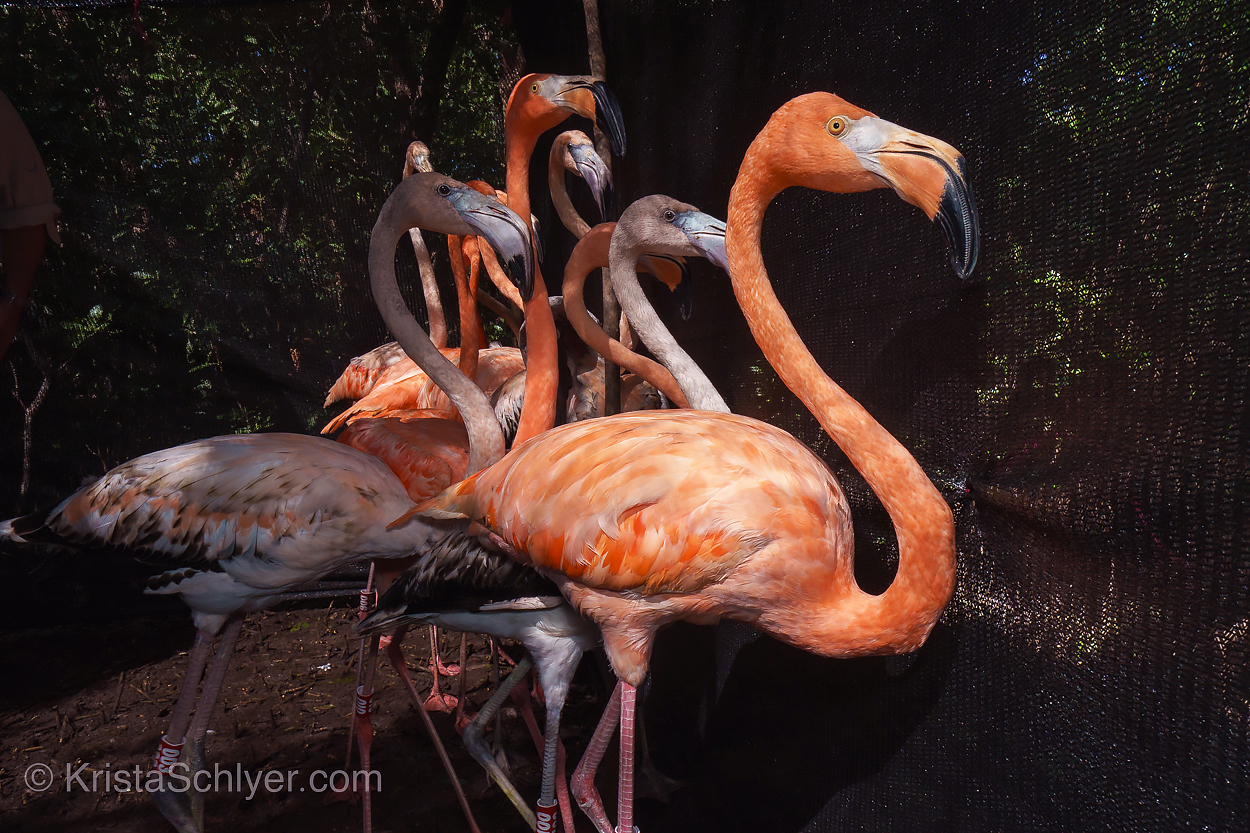
gpestinger@nckcn.com
Sent from my iPad
<
div dir=”ltr”>
<
blockquote type=”cite”>
As is often true for me, reading your heartfelt insights and seeing your photography brings on tears. I learn so much from you. You open my eyes to wonders of Earth and matters that I wouldn’t otherwise see or understand. What an amazing experience for you to have been able to witness. Thank you exposing the abusive treatment of flamingoes and for sharing the heroic work of your friend Eladio and that of his friends and colleagues.
Thank you. And happy happy birthday
I was not aware of this. Thanks for filling me in and doing this good work. I’ll pass the word on. Your friend, Betty
Thanks Betty
This is beautiful, Krista—and heartbreaking, too. I feel so bad for the flamingos and appreciate your telling us about them. Reading your piece reminded me of Aldo Leopoldo’s words: “ One of the penalties of an ecological education is that one lives alone in a world of wounds. Much of the damage inflicted on land is quite invisible to laymen. An ecologist must either harden his shell and make believe that the consequences of science are none of his business, or he must be the doctor who sees the marks of death in a community that believes itself well and does not want to be told otherwise.”
Learning to live with hope in a world of wounds—that’s the challenge.